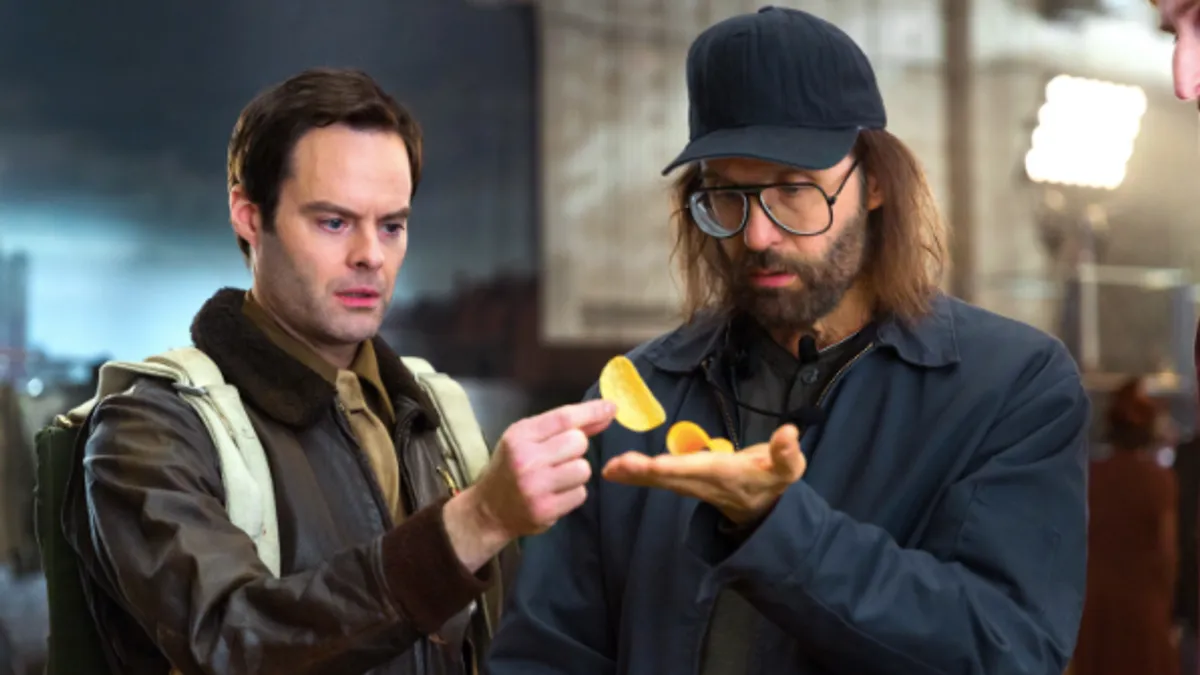Dive Brief:
- Pringles, a Kellogg Company brand, has announced that its first in-game Super Bowl TV ad this year will star comedian Bill Hader and “Documentary Now!” director Rhys Thomas, who is also directing the ad, according to a news release. The campaign will introduce TV audiences to “flavor stacking,” where different flavors of the chips can be stacked to create specific flavor combinations.
- The 30-second ad will air during the second quarter of Super Bowl LII on Feb. 4. It can be seen on national television and online streaming versions of the game. Pringles will release the full ad on YouTube on Jan. 25, and the campaign will feature digital and social media components. Fans can access the campaign and share their unique flavor stacks using hashtag #PringlesStack.
- In related news, the average price for a 30-second commercial in last year’s Super Bowl was an all-time high of $5.05 million, an 87% increase over the past decade, a new Kantar Media analysis found, per a press release made available to Marketing Dive. Combining in-game and pre- and post-game campaigns, advertisers spent a total of $534 million.
Dive Insight:
With its first Super Bowl ad, Pringles is going big as it expands its "Flavor Stacking" campaign with a celebrity appearance to broaden the campaign’s appeal and reach a much larger audience. In October, Pringles created a “flavor stacking” out-of-home activation pop-up event in New York City’s Times Square called “Pringles Stack Shack” and featuring TV personality Adam Richman, and launched the #PringlesStack hashtag.
Stacking is Pringles's take on personalization and limited-edition products, two key trends in marketing that have been embraced by brands like Budweiser and Skittles. Because of the uniform wavy shape of the chips, they easily fit together in a stack, enabling consumers to mix and match the brand's various offerings to create their own unique flavors. Having a presence at the Super Bowl, when at-home viewers typically stock up on a variety of snacks, could help the brand turn stacking into a more widely practiced habit.
It is interesting that Pringles will release the ad on Jan. 25 online. Last year, a number of brands released their ads early online but so far this year, some brands appear to be waiting to debut their spots until game day. For Pringles the strategy could make sense as it could drive awareness in advance of the Super Bowl when consumers are making their grocery lists for game day.
Releasing the ad early online could also help Pringles maximize the high cost of Super Bowl ads. The increasing cost of Super Bowl commercials, which are estimated to also average around $5 million this year, is keeping some advertisers away, but others have quickly jumped in to take their places. As a first-time Super Bowl advertiser, Pringles has decided to get in on the action to drive in-store sales and a digital following, alongside other snack brands, like Doritos, which is returning this year after taking last year off.
Last year’s Super Bowl offered the most commercial time of any past game, according to the Kantar Media analysis, perhaps opening the door for new brands to have a presence in one of the most-talked-about advertising air times of the year. The 2017 game offered 51 minutes and 30 seconds of total advertising time, and 20% of the advertisers were newcomers. The Super Bowl offers 15% to 20% more commercial time than regular NFL season games.
Super Bowl spots may be the most expensive TV air time of the year, but having a presence can lead to lasting impressions, especially for brands that combine the TV spots with digital and social campaigns. Many brands see lasting benefits, such as sales boosts and social media buzz, in the months following the game after advertising during the Super Bowl, a joint Stanford University and Humboldt University study found.














